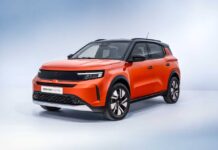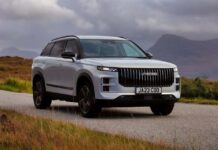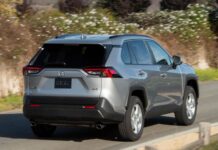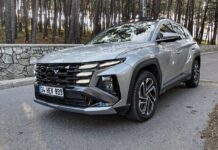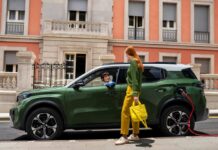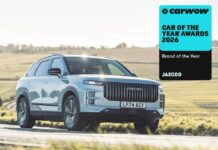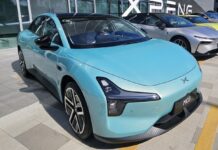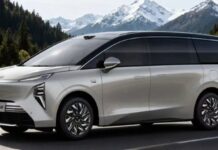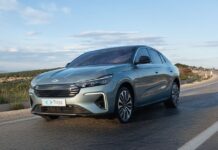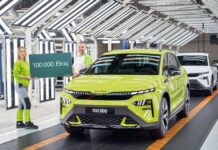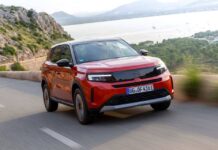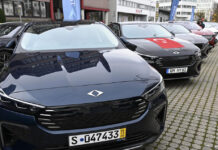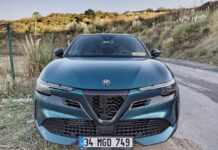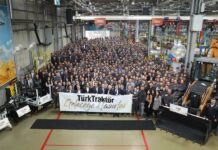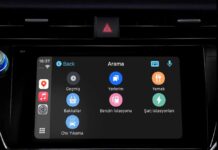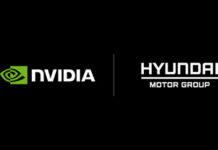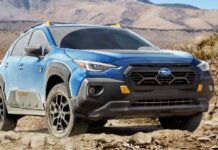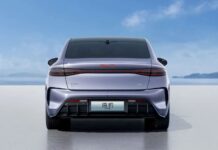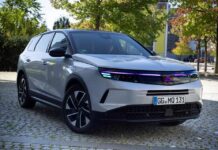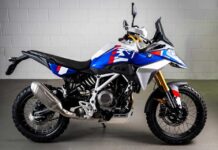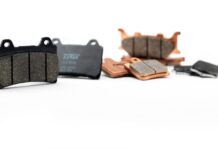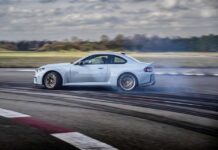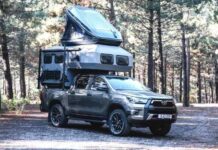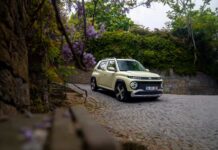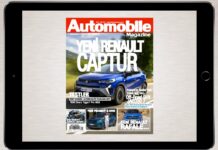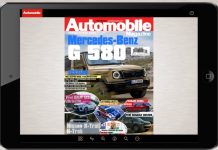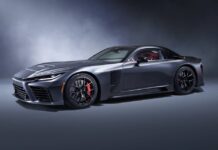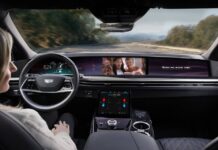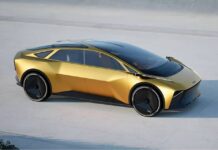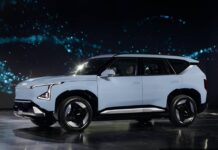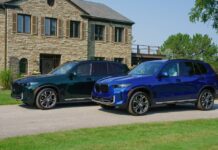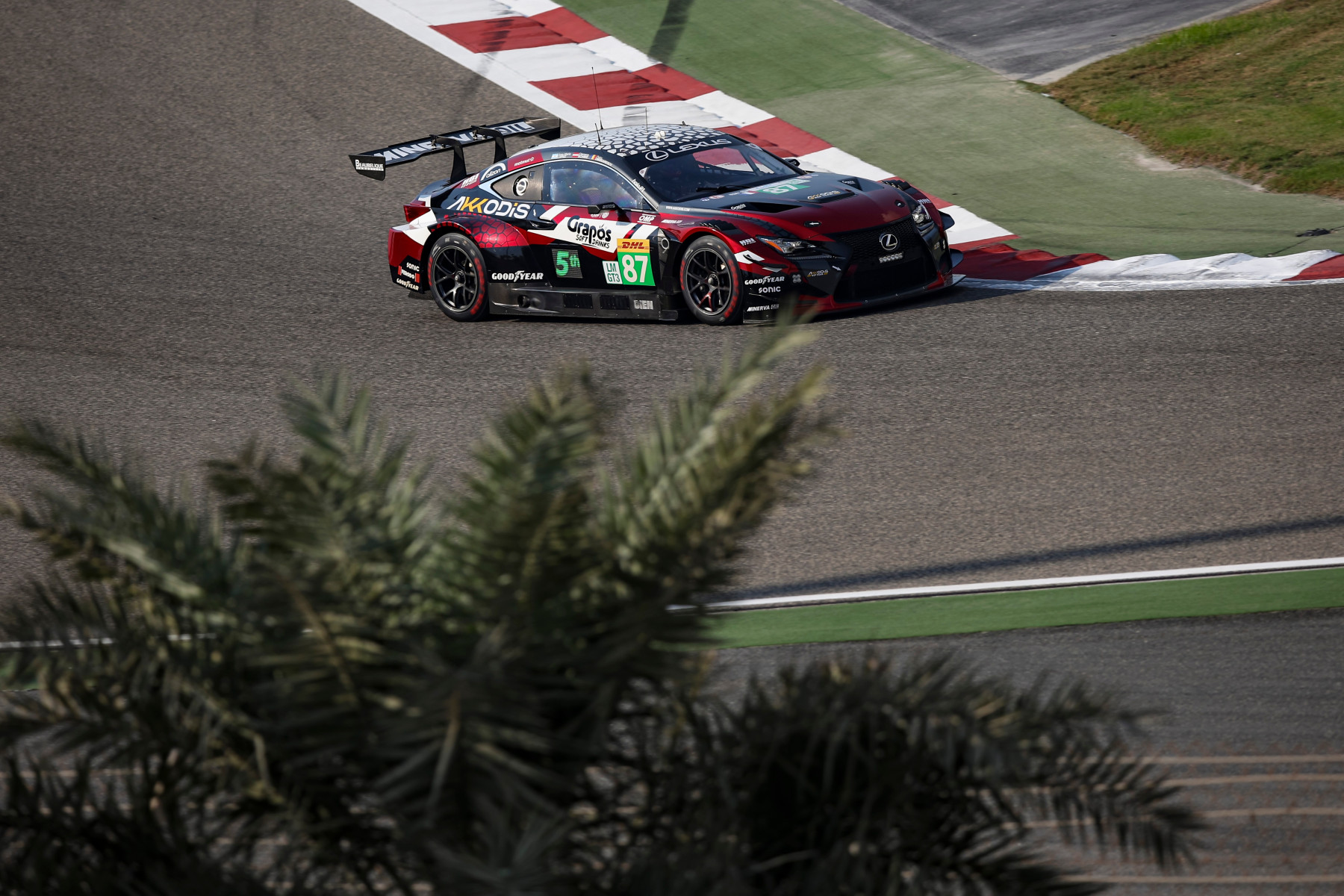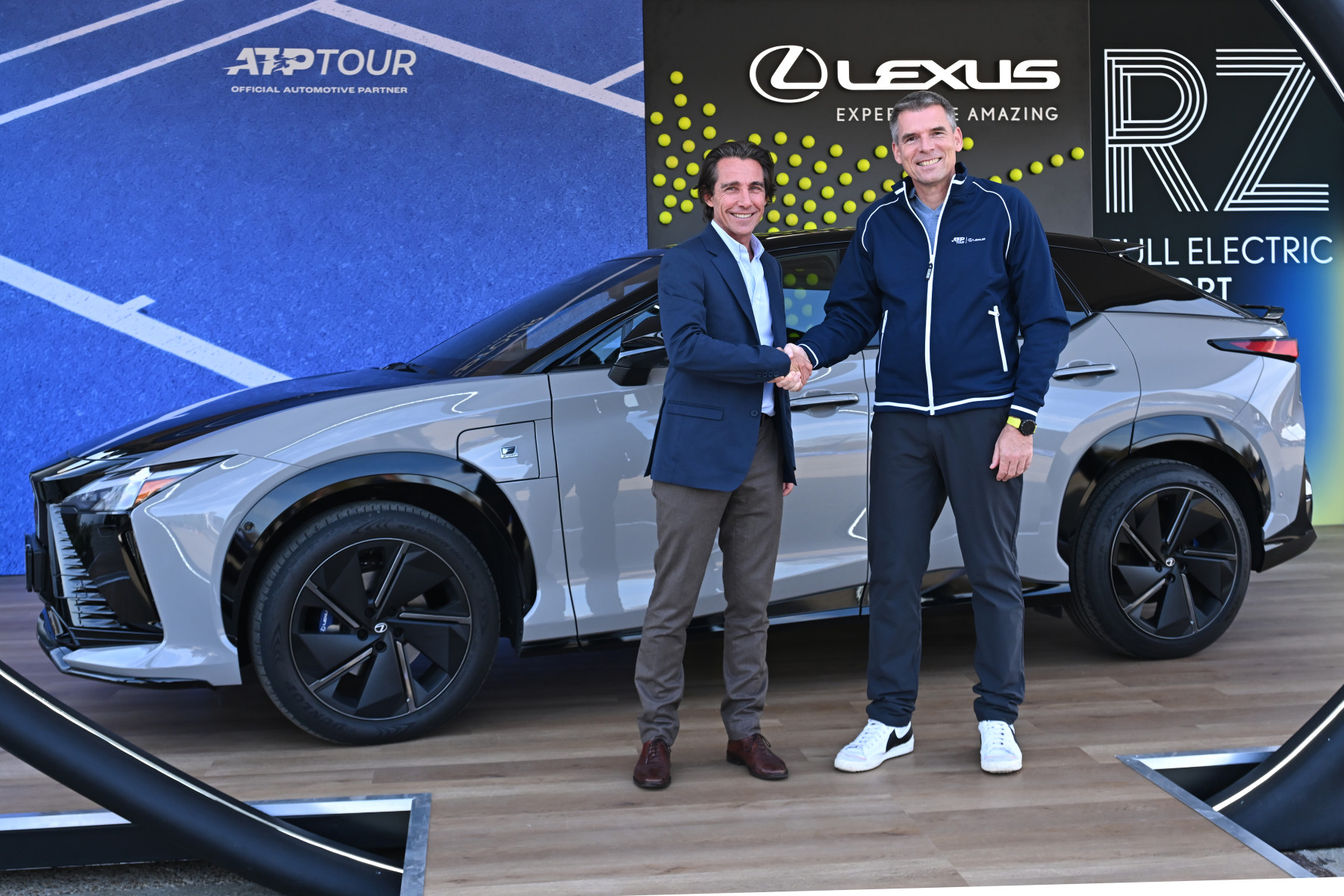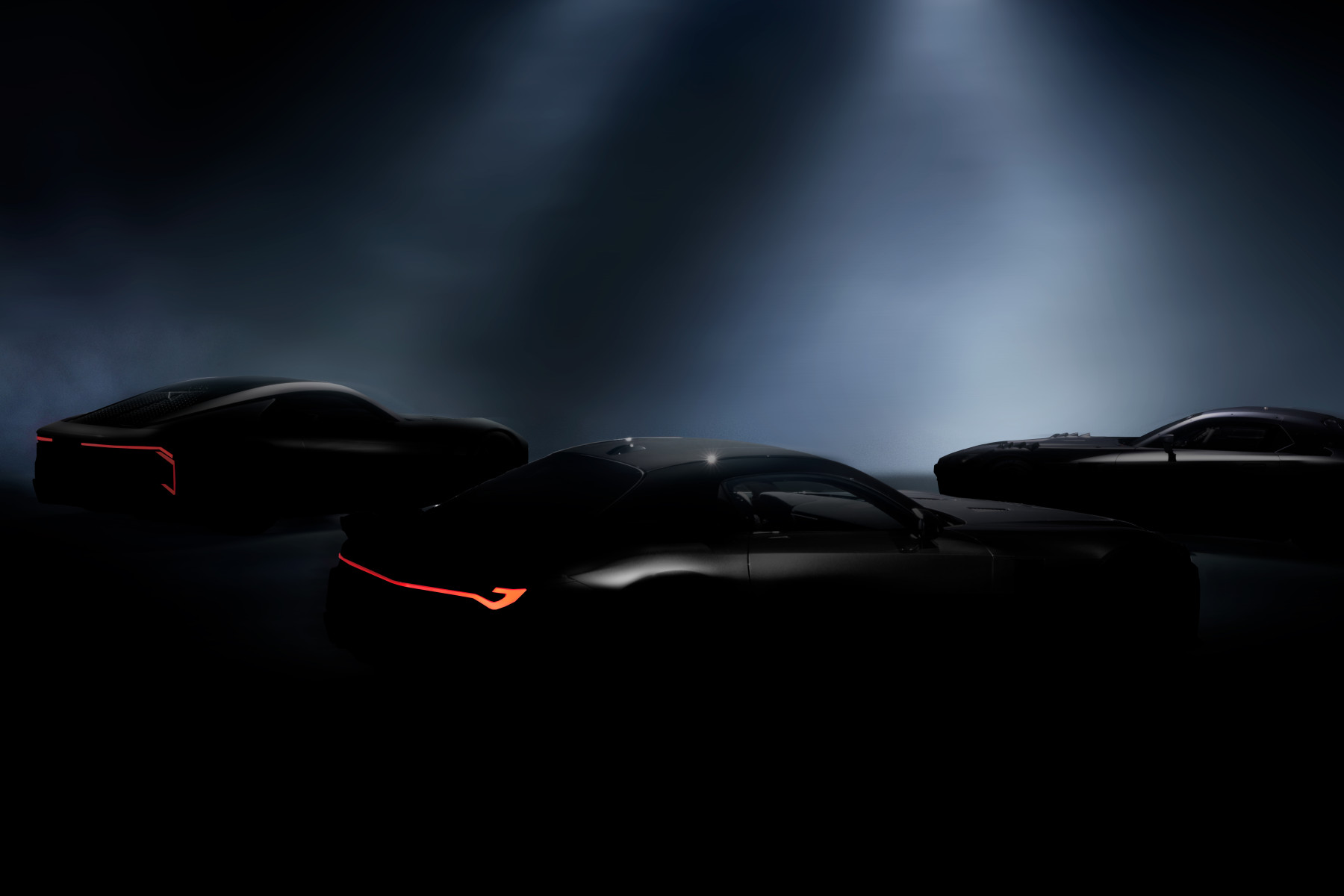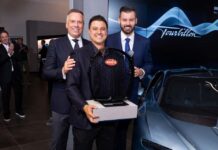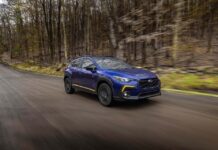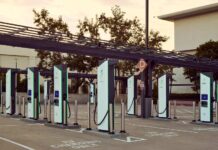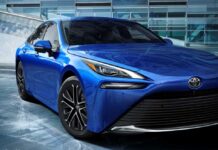Chevy dealerships now present the most consistent face to American car buyers, according to a new study that used artificial intelligence to analyze the physical appearance of auto retailers across the nation. Pied Piper’s 2025 Dealership Facility Consistency Study awarded Chevrolet the top spot in its new Look-Alike Index, placing the brand ahead of Honda, Toyota, and Ford. The study employed AI computer vision to scrutinize over 540,000 images of 18,662 dealership facilities, measuring more than 70 visual attributes, including signage visibility, landscaping, and inventory organization.
This innovative approach provided an unprecedented, data-driven view of brand presentation at a national scale. “The Look-Alike Index allows brands to see for the first time in objective, data-driven terms how their brand identity is expressed across thousands of dealer rooftops nationwide, and how that compares to other brands,” said Cameron O’Hagan, Pied Piper’s Vice President of Metrics & Analytics. The study found that Chevy dealerships consistently maintained strong brand standards, with OEM signs clearly visible at more than 75 percent of locations and inventory organized into uniform rows at the majority of stores.
The findings highlight a deliberate and successful effort by Chevrolet and its dealers to maintain a coherent brand image. This consistency reinforces customer recognition and sets clear expectations, whether a buyer visits a dealership on the West Coast, East Coast, or anywhere in between. At the other end of the spectrum, brands like Alfa Romeo, Tesla, and Lucid showed the most variation between locations. For Chevy, this top ranking underscores a network-wide commitment to a unified presentation that strengthens the brand’s identity in a highly competitive marketplace.
GM announced this Summer that it’s rolling out a fresh design for Chevy, Cadillac, Buick, and GMC dealerships across the U.S. In its effort to modernize the GM customer experience, the new dealership design prioritizes an open and inviting architecture, featuring a range of glass walls, lounge-style seating, flexible layouts, and digital integration. It is intended to welcome both traditional walk-ins and online shoppers, while reducing the pressure of the sales environment.
Automobile Magazine-USA



